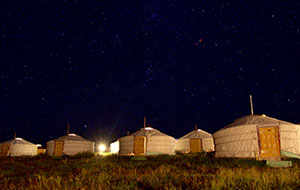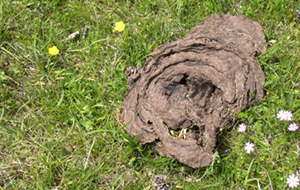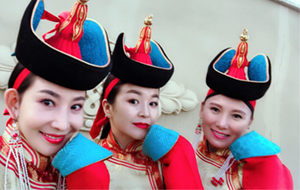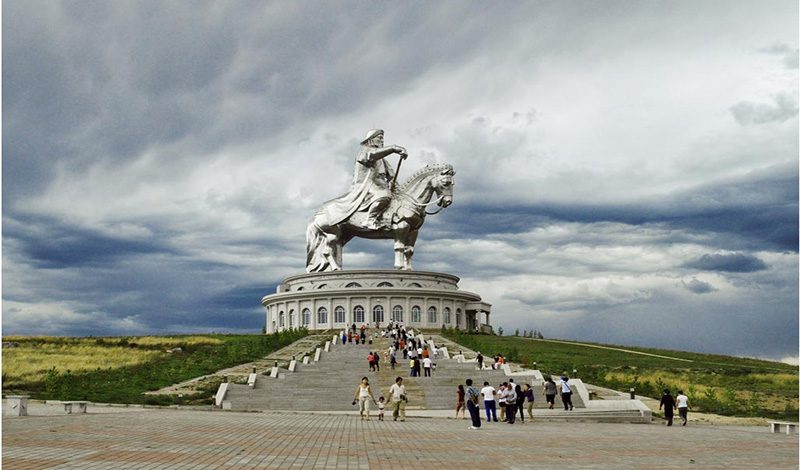What Are Mongolian Blue Spots?
The way Mongolian blue spots form is known, but what triggers the process is not. They usually appear on the skin of the newborn not long after birth. If melanocytes remain in the deeper skin layers during the development of the embryo, that can cause Mongolian blue spots to form. Their color usually depends on the amount of melanin that’s present in the skin — so people with darker skin generally have more pigmented spots.
They are often bluish or slate gray. Sometimes mistaken for a symptom of spina bifida occulta, but the color is what differentiates, as spina bifida occult related spots are red. It’s important to be able to distinguish Mongolian blue spots from other types of birthmarks to not be unnecessarily alarmed.
Types of Birthmarks
When it comes to the various types of birthmarks, most of them commonly appear within two months after birth. Mongolian blue spots appear fairly early during that time frame.
Birthmarks can be vascular and pigmented. Vascular birthmarks are usually red and can occur when there are too many blood vessels on the same spot. Unfortunately, vascular birthmarks can be problematic and cause issues such as pain and even bleeding.
However, pigmented birthmarks don’t cause any adverse health side effects, and they’re usually not a symptom of any medical conditions. Some birthmarks could carry certain risks with them. Mongolian blue spots are not among those birthmarks that associate with health risks or disease.
How do Mongolian Blue Spots Look?
Mongolian blue spots have an irregular shape, and their edges aren’t defined. It is the main reason why they can be mistaken for bruises, along with their color. They are flat against the skin, unlike some other types of birthmarks, and the texture of the skin remains normal on the spots — usually, these form on the lower back; and less commonly on the arms and torso.

Why Are They Called Mongolian?
Mongolian blue spots were named in 1883 by a German anthropologist Erwin Bälz, who was in Japan at the time. He found them to be most prevalent among his Mongolian patients, which is what prompted the name. However, this was only Erwin Bälz’s belief. It was revealed later on that Mongolians are not more predisposed towards Mongolian blue spots than other people.

Health Impact of Mongolian Blue Spots
Fortunately, Mongolian blue spots aren’t indicative of any disorders, diseases, or other medical conditions, including cancer. They’re relatively harmless, and they usually fade on their own by puberty. However, it’s vital that they’re examined and diagnosed by the pediatrician if they appear.
As a type of birthmark caused by processes involving melanin, Mongolian blue spots are harmless, although they may resemble bruises. Make sure to consult with the pediatrician if your child appears to have Mongolian blue spots.
 Chat with Us on WhatsApp
Chat with Us on WhatsApp











































